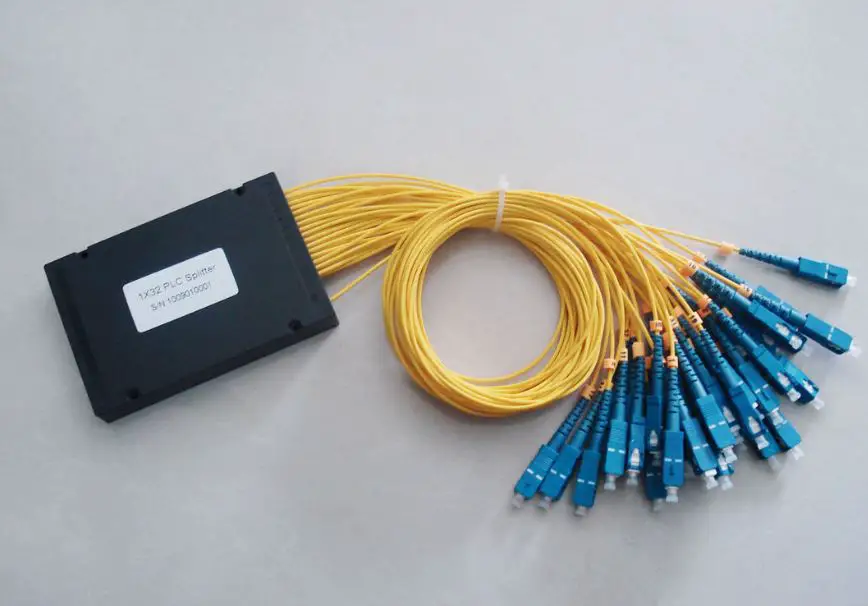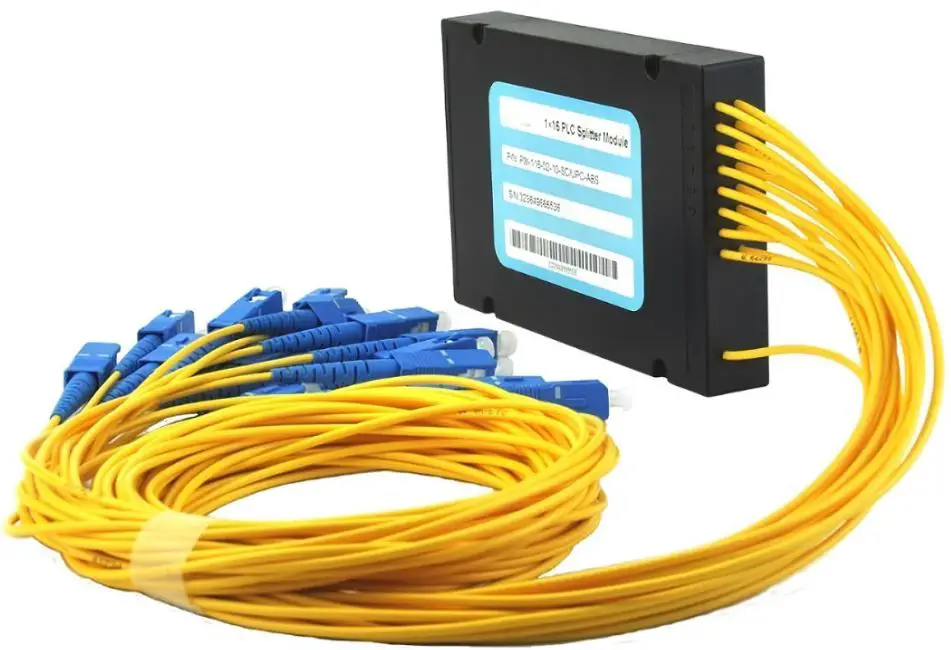Fiber Optic Splitter: Everything You Need to Know
In network topology, the use of fiber optic splitter will help optimize network usage. So that each component can use network resources according to their needs.
Optical cable splitters are sometimes also called optical splitters or file splitters. These tools include important components that are needed in the development of computer networks. Because this equipment serves to divide or separate the transmission signal as needed.
Table of Contents
- What Is Fiber Optic Splitter?
- How Does Fiber Optic Splitter Work?
- Two Common Types of Optical Splitters
- Conclusion
What Is Fiber Optic Splitter?

The fiber optic splitter is a special fiber optic device with one or more input fibers to distributing optical signals into two or more output fibers at a certain ratio. Those splitter known as fibre coupler, so you do not need to confuse about those terms.
It is one of the most important passive devices in the optical fiber link. Especially applicable to a passive optical network (EPON, GPON, BPON, FTTx, etc.), to connect the MDF (Main Distribution Frame) and the terminal equipment and to achieve the branching of the optical signal.
You can use fiber optic splitter to maximize the performance of optical network circuits. Fiber splitter contains multiple input and output ends. Whenever the light transmission in a network needs to be divided, fiber optic splitter can be implemented for the convenience of network interconnections.
For example, when a beam of fiber optic light is transmitted from a 1×4 equal ratio splitter, it will be divided into 4-fiber optic light by equal ratio. Each beam is 1/4 or 25% of the original source one.
The fiber optic splitter comes in a wide range of styles and sizes to split or combine light with minimal loss. All splitters are manufactured in a very simple proprietary process that produces reliable, low-cost devices.
Most fiber optic splitters are available in 900µm loose tube and 250µm bare fiber. 1×2 and 2×2 couplers come standard with a protective metal sleeve to cover the split. Higher output counts are built with a box to protect the splitting components.
The fiber optic splitter comes in singlemode and multimode fiber modes. Because the splitter is a passive device, it is immune to EMI (Electromagnetic Interference), consumes no electrical power and does not add noise to system design.
How Does Fiber Optic Splitter Work?

As an important part of network device, fiber optic splitter has significant role to optimize network’s performance. If you want to know about that device better, it is important to know how does the splitter work.
The working principle of the fiber optic splitter can be generally described in the following way. When the light signal transmits in a single-mode fiber, the light energy can not entirely concentrated in the fiber core.
A small amount of energy will be spread through the cladding of fiber. That is to say, if two fibers are close enough to each other, the transmitting light in an optical fiber can enter into another optical fiber.
Therefore, the reallocation technique of optical signal can be achieved in multiple fibers. And this is how fiber optic splitter comes into being. As a simple example, optical splitter with 1×4 split configurations can separate an incident light beam from a single input fiber cable into four light beams.
For instance, if the input fiber optic cable carries 100 Mbps bandwidth, each user in the end of output fiber cables can use the network with 25 Mbps bandwidth. Therefore, each cable has an equal speed and performance
Two Common Types of Optical Splitters

Over the past few years, optical technology has made a huge development. Its development have been meet the growing demands for optical performances in fiber applications. This makes optical splitters an even more important passive device in passive optical networks (PON).
According to the working principle, Optical splitters are manufactured commonly in two types. There are Fused Biconical Taper (FBT) splitter and Planar Lightwave Circuit (PLC) splitter. Here are the brief introduction above those common type of fiber optic splitter.
Fused Biconical Taper (FBT) Splitter
Fused Biconical Taper (FBT) is a kind of traditional technology in which two or more than two fibers are welded closely together by applying heat. There are ample materials available used for making FBT splitters, such as the steel, fiber, and hot dorm.
As a traditional technology, FBT has lower price than the recent optical splitter. Because of this technology has been developed over time, FBT splitters are more and more qualified for various application.
They are applicable for both single-mode and multi-mode fibers compliant with a variety of connector types. FBT widely accepted and used in passive network. Especially where the split configuration is smaller (1×2, 1X4, 2×2, etc.)
Although FBT widely used, its only support three wavelengths i.e 850 nm, 1310 nm, and 1550 nm. This means that they are unable to operate on other wavelengths. Moreover, they need a temperature in range -5 to 75 Celcius to work stable. FBT Splitter sensitive to a high extent temperature so its need more treatment to make thus splitter work better.
Planar Lightwave Circuit splitters (PLC) Splitter
PLC Splitter is a more recent splitter technology in computer network. This kind of fiber optic splitter base on the more recent Planar Lightwave Circuit technology. They offer a better solution for applications where larger split configurations are required.
Planar Light Wave Splitter support a wide range appropriate for wavelength adjudication from 1260 to 1650 nm. PLC Splitter also workable at temperature range (-40 to 85 Celcius). This condition allowing for their utilization in extreme climate.
In addition, the signals can be split equally due to technology implemented. The better splitter performance make PLC splitter widely used for new technology. Especially to make the signal transmit efficiently.
Conclusion
Fiber optic splitter is a network device needed to make a better topology. This splitter used to split the signal equally between some network cable. For examples to split the speed of internet bandwidth to make transfer data can be done effectively.
As a conclusion, fiber optic splitter is a special fiber optic device with one or more input fibers to distributing optical signals into two or more output fibers at a certain ratio. This device needed if you want to split some signal in network topology.
